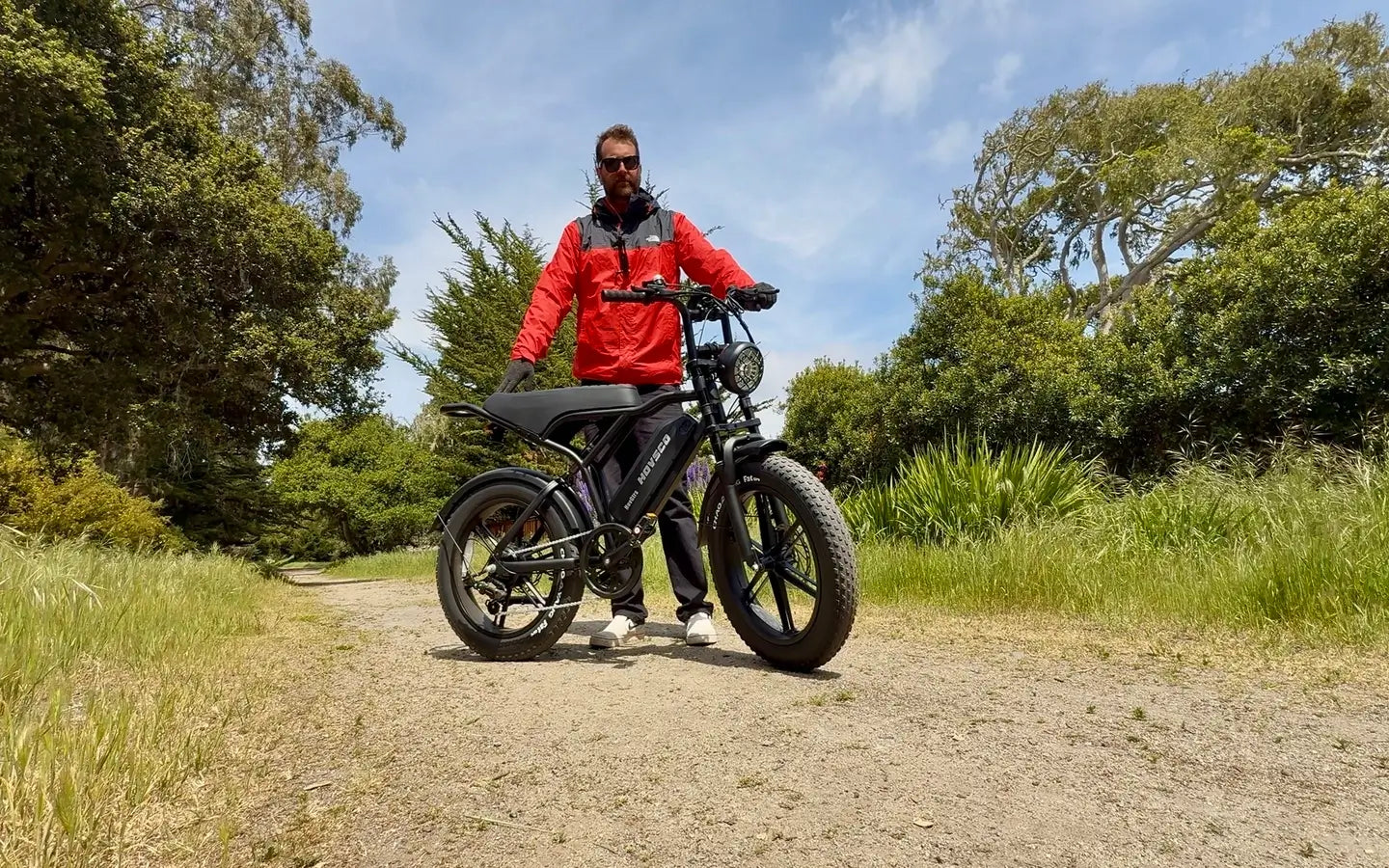
- by LiuJiazhu
What Safety Tips Improve Cargo Bike Safety in Busy Cities?
- by LiuJiazhu
Cargo bike ride safety is elevated through proactive visibility measures, weight-secure load strategies, defensive navigation, routine maintenance, and enhanced braking systems—leading to safer, more confident urban journeys.
Wearing a helmet is non-negotiable: it absorbs impacts and shields against skull fractures in high-center-of-gravity cargo bike scenarios. Prioritize MIPS and full-face designs for broader jaw and temple protection—especially pivotal in carriage-on-two-wheeled scenarios. Replace every five years or post-crash. Helmet safety must reign supreme; don’t compromise.
Weight placement is a delicate choreography: position heavier cargo low, centered, and secured—use ratchet straps or netting. Load ≤30% of wheelbase length; exceeding payload strains bike stability and braking systems. Even side-by-side pannier loads beat top-heavy stacking. Keeping cargo balanced prevents rollovers and precarious swings.
Visibility isn’t optional—it’s your shield. Install 360° lighting: 500-lumen front, brake-sensor rear, moving spoke LEDs. Class 3 reflective clothing with ≥2-inch reflective stripes is vital—drivers see you up to 200 m away. Pulsing rear lights grab attention without blinding; smart helmet-mounted lamps track your gaze, enhancing noticeability during shoulder checks.
Ride with intentional foresight. Scan 12 s ahead and monitor 4-s peripheral zones. Approach intersections slowly (≤15 km/h), take the center lane to discourage squeezing, and signal early—with both arm gestures and electronic indicators. Keep safe distance from large vehicles to avoid blind-spot hazards; never assume visibility.
Hydraulic disc brakes deliver consistent stopping—even under heavy loads—achieving up to 0.4 G deceleration, outperforming mechanical brakes. They remain effective on steep descents, resist fade, and manage heat better. Hydraulic setups with 180 mm rotors and four-piston calipers dissipate heat 30% faster. Monthly pad checks, tire inflation, drivetrain lubrication, and light integrity checks are essential. Neglecting any of these can exponentially escalate risk.
Master controlled skids, evasive swerves at 20–25 km/h, and progressive rear braking. When facing door-opening risks (“doorings”), shift your weight back and steer into the escape corridor—overcorrection can jackknife. In frontal obstacle encounters, brake smoothly, lean back to avoid flipping. Regular drills—in safe spaces—build the muscle memory to navigate real-world chaos.
Purchasing Advice
Focus on integrated systems that elevate protection: hydraulic brakes, integrated lighting, and sturdy reflective gear. Choose helmets with MIPS/full-face design, 500-lumen front lights, brake-sensing rear beacons, reflective vests with wide stripes, and secure load-fastening systems. All gear should support both visibility and stability.
“Dual hydraulic brakes and integrated lighting are mandatory—they outperform standard systems and rise to the demands of urban payloads.”
“Use our 50-cent-coin test: if the groove vanishes beneath the coin edge on your brake pad, it’s time to replace it. Also, low tire pressure reduces emergency responsiveness by 40 percent.”
These insights underscore the brand’s focus on engineered, performance-driven safety solutions.
Can children ride safely in cargo bikes?
Yes—if seated in manufacturer-approved seats with 5-point harnesses, under 22 kg, and wearing ASTM-certified helmets. Always center and low-place the weight.
How often should I service hydraulic brakes?
Inspect monthly or every 500 km—whichever comes first. Pads thinner than 1.5 mm need replacement immediately.
Are cargo bikes allowed in bike lanes?
Usually yes, but check your locality—some cities restrict tricycles or oversize frames. Width limits often cap at ~100 cm.
What’s the optimal speed through intersections?
Approaching at 15 km/h or slower gives maximum control and reaction time.
Share:
What Cargo Ebike Accessories Enhance Utility Cost-Effectively?
What Charging Practices Extend Electric Cargo Bike Battery Life?